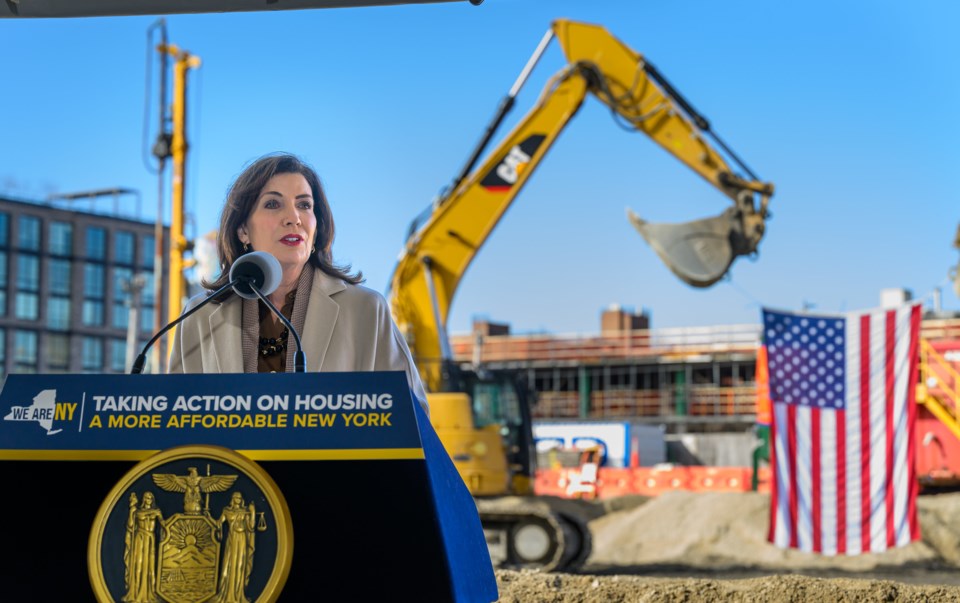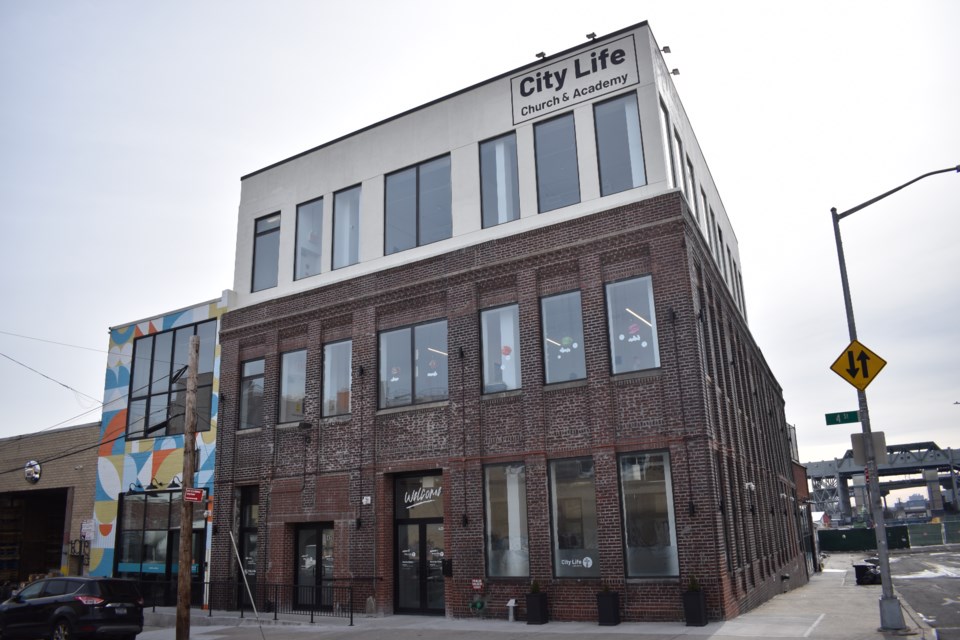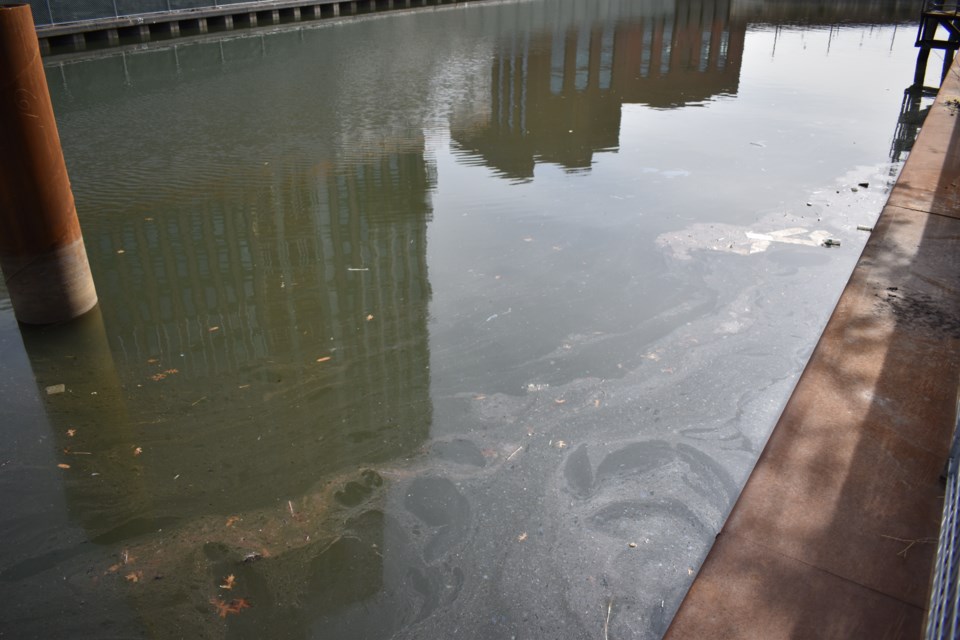Governor Kathy Hochul earlier this month announced the start of construction of 18 developments along and around the infamous Gowanus Canal, kickstarting a housing boom that many residents say the area cannot handle.
More than 5,300 units of housing, including about 1,400 affordable units, will be brought to the area through the Gowanus Neighborhood Mixed Income Housing Development Program.
This comes on the heels of a report from the city Department of Housing Preservation and Development stating the supply of housing throughout the city was at a historic low.
“After years of stalled construction, we’re putting more than 5,300 new homes back on track and unlocking Gowanus’ housing potential,” said Hochul.
That said, many residents question the housing potential of an area still severely polluted and prone to flooding.
“Most of the Gowanus development touted by Governor Hochul is on land that remains polluted,” said Carroll Gardens resident Katia Kelly, a member of the Voice of Gowanus, a coalition of citizens and community organizations.
“Allowing construction in Gowanus without plans to fully remove cancer-causing contaminants from the toxic sites imperils public health and the environment.”
Residents fear the city and state have cut corners to push through the developments for short-term profit at the cost of area residents' long-term health.
Such fears are especially amplified considering the governor’s rhetoric on development and regulations. At a press conference addressing housing last year, Hochul made her agenda clear.
“I’m asking the DEC and Department of State, ‘Can you streamline a little bit, do we have to really be the toughest state for doing all this [regulations]’? It’s not necessary,” she said.
Hochul was in Gowanus on February 9, celebrating the start of construction of a 654-unit complex, which includes 154 affordable units, at 320 and 340 Nevins Street, which lies next to several lots known to be contaminated with toxins. The neighboring development site at 473 President Street and 514 Union Street had trichloroethylene, among other things, identified underneath the buildings in 2022.
Exposure to the contamination found below the Union and President Street sites were addressed and there is no evidence of soil contamination migrating off-site, according to the DEC.
However, after further investigations into adjacent properties, four buildings had indoor air chlorinated volatile organic compound concentrations that exceeded air guidance values.
Carcinogens and other harmful substances such as benzene, benzopyrene and cyanide were found in the groundwater underneath Public Place, which sits between 5th and Smith Streets and is the former home of Citizens Manufactured Gas Plant, in amounts that exceeded New York state ambient water quality standards.
The results were found in a 2023 report conducted by Arcadis on behalf of National Grid. The fourth parcel of land in the study is privately owned and they did not allow National Grid to test the groundwater at their site.
A mixed use development will be built on Public Place as part of the Gowanus Green program. Office space, a church and an academy have already been built.
Residents also raised concerns for future tenants over the increased frequency of flooding in recent years.
“Last year, there were three big flooding incidences and in between all of this, we had a lot of combined sewer overflow incidences in the canal,” said Martin Bisi, owner of BC Studio, who has lived and worked in Gowanus since 1979.
“After Hurricane Ida, I thought flooding would be maybe every few years. Now within one, it was three times.”
With global sea levels surging and the water table rising in the neighborhood and across NYC as a whole, the risk of flooding has only increased.
More than a third of the developments announced by the governor lie in designated FEMA flood AE zones.
The city, however, is still optimistic for the area and future residents.
“With these new homes and income-restricted homes coming to Gowanus, we’re helping to bolster equity, clean up historic pollutants, and tackle our housing crisis in this neighborhood, borough, and citywide,” said a spokesperson for the NYC Department of City Planning.






